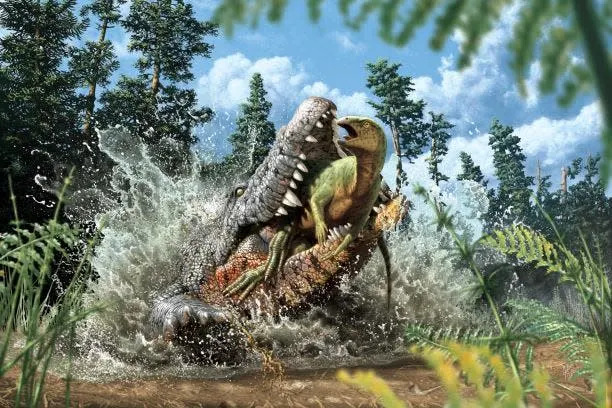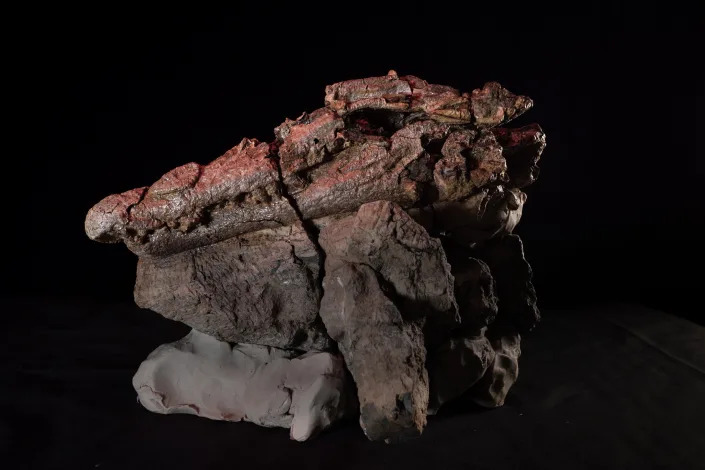A group of well-established firms active in cryptocurrencies in the U.S., including Coinbase, Fidelity and Robinhood, have joined together to bring digital assets in step with global anti-money laundering (AML) rules.
In total, there are some 18 virtual asset service providers (VASPs) participating in the launch of the Travel Rule Universal Solution Technology (TRUST). Announced Wednesday, the TRUST platform was created in response to AML data sharing requirements recommended by the Financial Action Task Force (FATF) and prescribed by the Financial Crimes Enforcement Network (FinCEN).
The current U.S. TRUST membership includes: Anchorage, Avanti, Bitgo, bitFlyer, Bittrex, BlockFi, Circle, Coinbase, Fidelity Digital Assets, Gemini, Kraken, Paxos, Robinhood, Standard Custody & Trust, Symbridge, Tradestation, Zero Hash and Zodia Custody.
There have been a number of proposed ways to accommodate "travel rule" requirements within the pseudonymous-by-design cryptocurrency space. Prior to its official launch, TRUST was known among crypto AML specialists as the U.S. Travel Rule Working Group, where the lead engineering firepower was provided by Coinbase, alongside a founding member group that included Gemini, BitGo, Kraken, Circle and Fidelity.
How it works
“There are two components to this solution,” said Gemini’s Chief Compliance Officer Elena Hughes in an interview. “There’s the ability to identify who’s on the other side of the transfer prior to initiating it. Secondly, there’s no centralized storage of personal data. So we don’t send it via a centralized repository; instead the information is exchanged on a bilateral basis.”
The plan, said Hughes, is to expand to other global jurisdictions, with building currently taking place in Canada, Singapore and Germany. The group’s goal is also to become an industry standard for complying with the travel rule. (Until now there has been only one standard agreed upon by the crypto industry, the Inter-VASP Messaging Standard, known as IVMS 101.)
Some jurisdictions, including Singapore, have chosen to go a step beyond the FATF travel rule recommendations for identifying beneficial owners of transactions between VASPs to include those with private or unhosted wallets – a point of contention among many in crypto.
With regard to the inclusion of unhosted wallets within the TRUST architecture, Hughes said: “We are working toward ensuring that we have a compliance solution in those other jurisdictions. What it will ultimately look like is going to be a bit of a ‘time will tell.’”
‘A tool in the compliance arsenal’
The TRUST solution’s compliance capabilities will be reinforced by a partnership with Exiger, a technology platform focused on regulation and financial crime, according to a press release. The TRUST protocol could also bolster the world of blockchain analytics, those firms that follow the money in the case of nefarious actors transacting in crypto, according to Paxos Director of Compliance Christel Chan.
“I do see the TRUST travel solution as a tool in the compliance arsenal with regard to being able to give signals to VASPs as to, is this a wallet of concern?” said Chan in an interview. “And also as a complementary tool when it comes to blockchain monitoring firms’ capabilities.”
Interoperability between the range of solutions on offer (Fidelity Digital Assets is a member of both TRUST and the institution-focused Travel Rule Protocol, for example), as well as across different regions, is another hot topic in the crypto travel rule space.
“I think a year or two down the line, interoperability will be a core requirement,” Chan said. “I know the different solutions are thinking about this with regard to the various partnerships they’re discussing today.”
The concerted effort behind TRUST is an achievement in itself, given how directly competitive these firms are with one another. Robinhood Chief Operating Officer Christine Brown via an emailed statement called it “an innovative compliance solution, while also persevering the integrity of private customer data.”
“Just as it takes a community of crypto investors and enthusiasts to democratize finance, we believe it takes a community of crypto businesses and platforms to work together to find a solution to preserve customer privacy while meeting the legal requirements of the Travel Rule,” she said.












 Christine Hall
Christine Hall